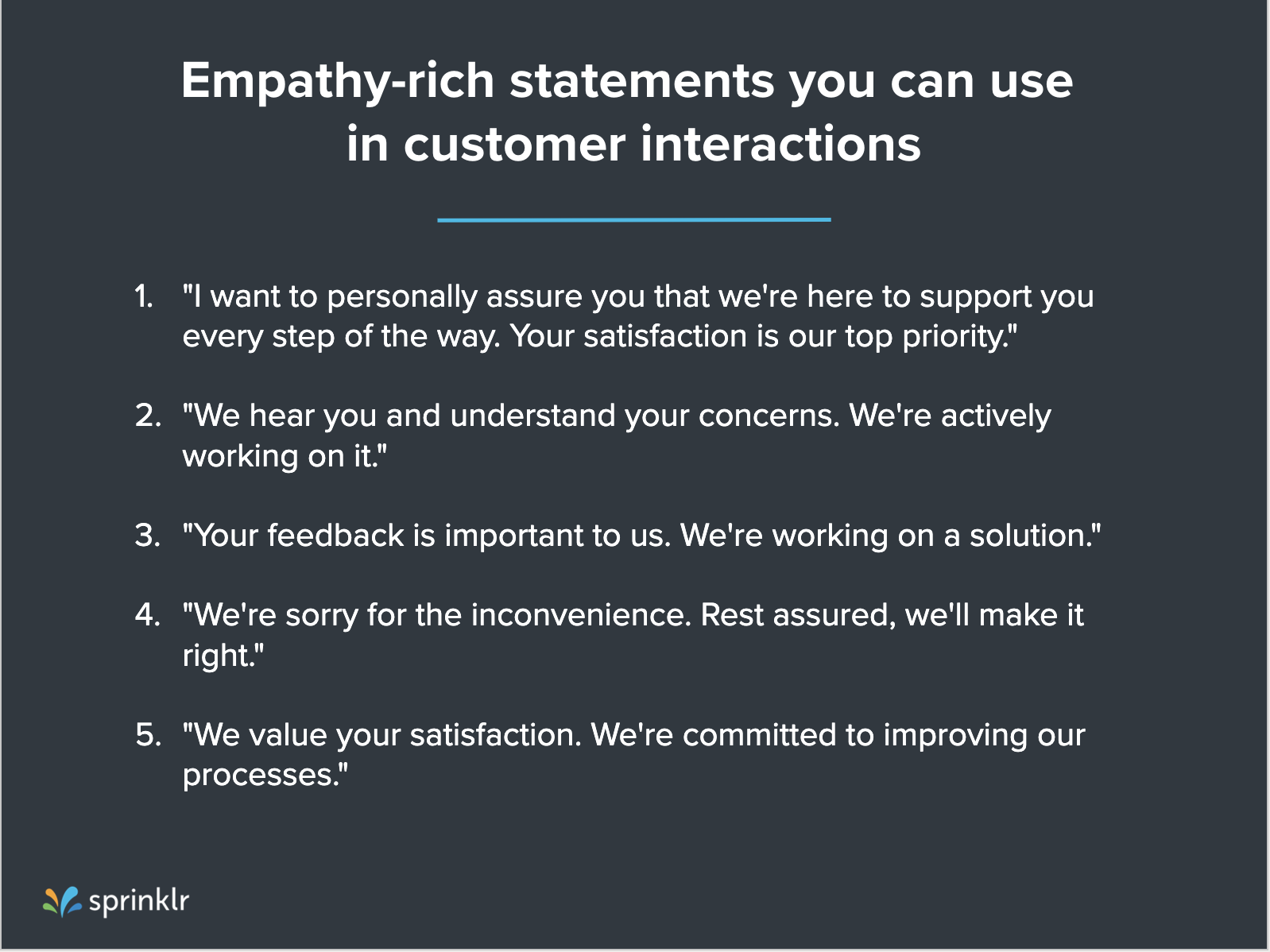In today’s fast-paced world, customer service is of utmost importance for businesses to succeed. As someone who has worked in the customer service industry for a number of years, I have come to realize that effective communication is the key to delivering exceptional service. And at the heart of effective communication lies empathy – the ability to understand and share the feelings of others.
Empathy is not just a buzzword; it is a fundamental aspect of providing outstanding customer service. It involves putting oneself in the customer’s shoes, understanding their needs, and responding with understanding and compassion. It requires us to step outside of our own perspectives and truly connect with the person on the other end of the line or across the counter.
When I first started working in customer service, I must admit that I didn’t fully grasp the significance of empathy. I was focused on meeting targets, resolving issues quickly, and ticking off boxes on my to-do list. But over time, I began to realize that treating customers as mere transactions was not the way to build meaningful relationships. I needed to approach each interaction with a genuine desire to help, to listen, and to understand.
One of the key elements of communicating with empathy is active listening. This means giving the customer your undivided attention, listening to their concerns, and acknowledging their emotions. It’s not just about hearing the words they say; it’s about truly grasping the underlying message and the underlying feelings.
During my time in customer service, I have encountered customers who were frustrated, angry, or even in tears. In these situations, it is essential to remain calm, patient, and understanding. By acknowledging their emotions and validating their experiences, we can help to ease their frustrations and build trust.
Sometimes, empathy means going the extra mile to resolve an issue. It might involve taking the time to explain a complex process in simpler terms or following up with the customer to ensure their problem has been resolved satisfactorily. It could also mean offering a sincere apology when things go wrong, taking responsibility for any mistakes, and demonstrating a commitment to making it right.
One particular incident stands out in my memory. A customer called in, frantic because their order had been delivered to the wrong address. They were upset and had already spent hours trying to resolve the issue with no success. Instead of simply apologizing and transferring them to a different department, I took the time to actively listen to their concerns. I empathized with their frustration and assured them that I would do everything in my power to resolve the issue. It took some persistent follow-up, but eventually, I was able to rectify the mistake and have their order delivered to the correct address. The customer was not only relieved but genuinely appreciative of the time and effort I had put into resolving their problem.
Empathy in customer service is not limited to difficult situations; it should be present in every interaction, no matter how trivial it may seem. When a customer calls in with a simple question or request, showing genuine interest and enthusiasm can make a lasting impression. It is about treating each customer as a unique individual, with their own set of needs and expectations.
Moreover, empathy extends beyond verbal communication. Non-verbal cues such as body language and tone of voice can convey empathy. A friendly smile, a calm and soothing tone, and a genuine willingness to help can go a long way in making a customer feel valued and understood.
In conclusion, communication with empathy is essential in providing exceptional customer service. It requires active listening, acknowledging and validating the emotions of the customer, and going the extra mile to resolve issues. By putting ourselves in the customer’s shoes and treating them with understanding and compassion, we can build strong, lasting relationships. It may take practice, but the rewards – in terms of customer satisfaction, loyalty, and ultimately, business success – are well worth it. So, let us remember to communicate with empathy, and watch as our interactions become more personal and meaningful for both our customers and ourselves.
